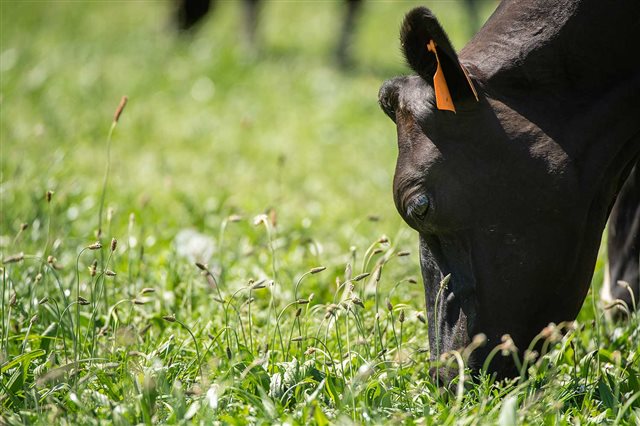Facial eczema (FE) is one of those silent herd challenges that can creep in during late summer and autumn. It’s caused by a toxin (sporidesmin) produced by spores from the fungus Pseudopithomyces chartarum, which thrives in dead pasture litter under warm and humid conditions. While some cows show obvious signs — like peeling skin or spending more time in the shade — many don’t, and the hidden damage to the liver (subclinical FE) can still slash milk production by up to 50%.

What to Look For
-
Drop in milk production
-
Skin irritation, reddening, or peeling on light areas
-
Restlessness and shade-seeking behavior
-
Subclinical cases with no visible signs but major liver damage
For every clinical case of FE you see, it’s estimated there are 10 subclinical cows in the herd.
Prevention is Key
There’s no cure for facial eczema, which means proactive prevention is the only real defense. Farmers have a few tools in the toolbox:
-
Monitor pasture spore counts (especially Jan–May) to assess local risk.
-
Zinc dosing through drenching, bolus, or feed — reliable ways to protect the herd if started early.
-
Pasture spraying with fungicides to slow spore growth.
-
Smarter grazing management, avoiding hard grazing down into litter where spores thrive.
Treatment and Recovery
If cows do show clinical signs, quick action makes all the difference: dry them off, move them to shade or indoors, apply zinc cream on exposed skin, and offer supplementary feed like silage or maize. Recovery is slow — sometimes up to a year — and animals that have battled FE once are less resilient in the future.
Genetics for the Future
One of the most promising long-term solutions is breeding FE-tolerant cattle. Using sires with proven tolerance can gradually improve herd resilience, with noticeable gains after just a few generations.
Industry Efforts
Through the Eliminating Facial Eczema Impacts (EFEI) programme, the sector is investing in new solutions with the goal of tackling FE across New Zealand livestock. With the stakes this high, collaboration between farmers, researchers, and industry partners is essential
What steps do you take on your farm to stay ahead of facial eczema risk — spore monitoring, zinc dosing, genetics, or a mix of all three?
Credits: Content adapted from DairyNZ. Read the full resource here: Facial Eczema.

-

simonco
-
Cancel
-
Vote Up
0
Vote Down
-
-
Sign in to reply
-
More
-
Cancel
Comment-

simonco
-
Cancel
-
Vote Up
0
Vote Down
-
-
Sign in to reply
-
More
-
Cancel
Children